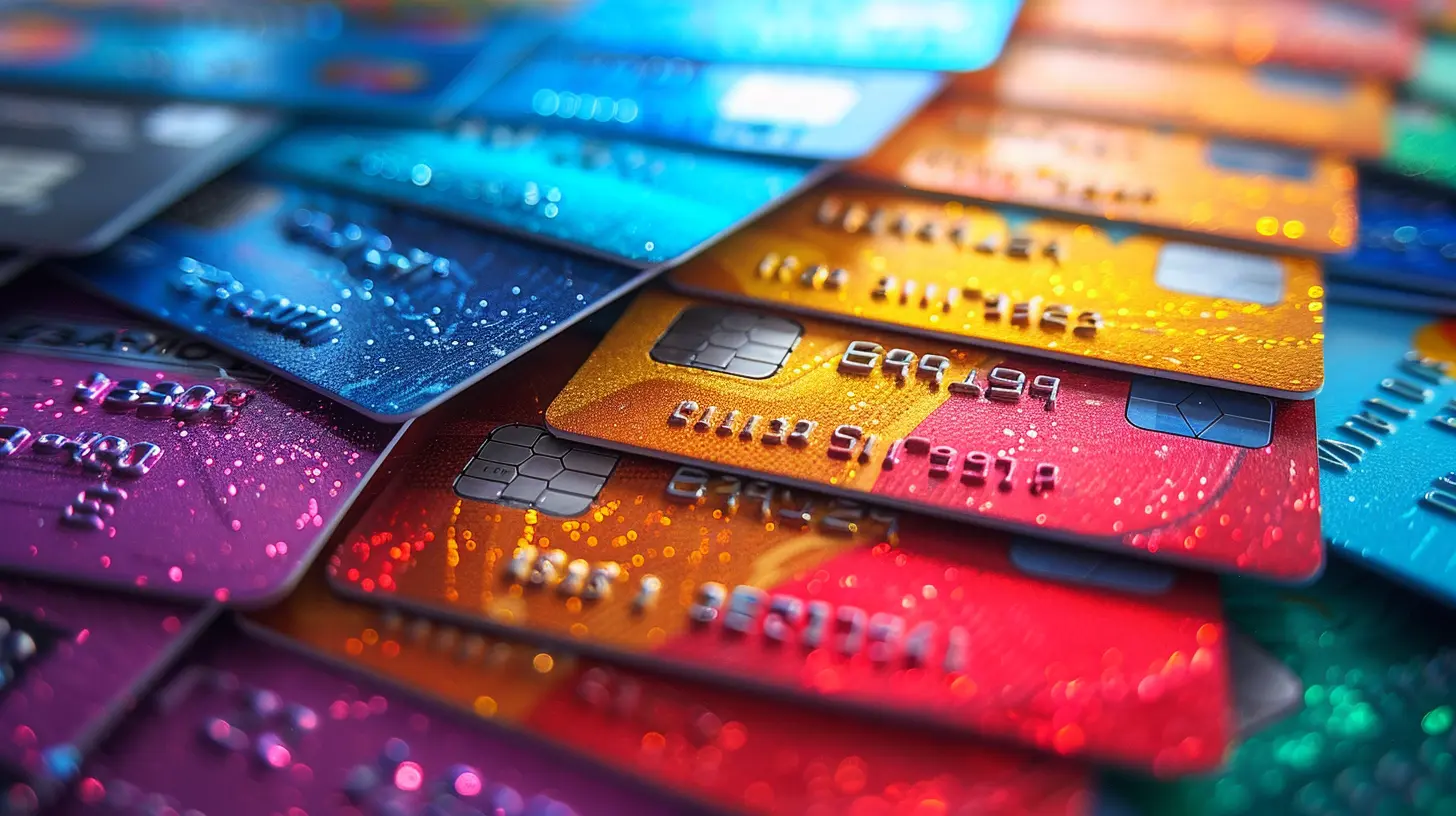Understanding Credit Scores and How to Improve Yours
6 November 2025
So, you’re sitting there, sipping your coffee, scrolling through TikTok, and suddenly you remember—you need to check your credit score. You log in, and BAM! That little three-digit number is staring at you like a disappointing math grade. But what does it even mean? And more importantly, how can you make it better?
Well, my friend, you’ve come to the right place. We’re about to break down credit scores in a way that actually makes sense (and won’t put you to sleep). 
What the Heck Is a Credit Score, Anyway?
Think of your credit score as your financial GPA. It’s a number that tells lenders how responsible—or, let’s be honest, how reckless—you are with borrowed money. Just like teachers grade your homework, banks, credit card companies, and even landlords use your credit score to judge whether you can be trusted.Your score typically ranges from 300 to 850. Here’s a quick cheat sheet:
- 300 - 579: Oof. This is the financial equivalent of showing up to an exam without studying.
- 580 - 669: Not terrible, but lenders will still eye you suspiciously.
- 670 - 739: Solid. You’re in the “trustworthy but not perfect” category.
- 740 - 799: Nice! Your credit score is looking better than most people’s New Year’s resolutions.
- 800 - 850: Financial rockstar! Your credit score is so good, lenders probably want to be your best friend. 
How Is Your Credit Score Calculated?
No, it's not a random number pulled out of thin air. Your credit score is based on a mix of factors, each contributing a different percentage to the final number. Let’s break it down:1. Payment History (35%) – The Big Boss
This is the most important factor. Have you been paying your bills on time, or do you treat due dates like mere suggestions? Even one missed payment can send your score tumbling faster than a cat chasing a laser pointer.2. Credit Utilization (30%) – The Balance Game
Lenders want to see that you’re using credit, but not too much of it. Ideally, you should keep your credit utilization below 30%. That means if you have a $10,000 credit limit, try not to carry more than a $3,000 balance.3. Length of Credit History (15%) – Good Things Take Time
The longer you’ve had credit, the better. If you’ve had a credit card since your teenage years and have kept it in good standing, that’s gold. If you’re just starting, be patient—this one takes time.4. Credit Mix (10%) – Variety Is Key
Having different types of credit—credit cards, auto loans, a mortgage—shows lenders you can handle multiple financial responsibilities. But don’t take out a loan just to boost this; that’s like ordering dessert just because the waiter recommends it (we’ve all been there).5. New Credit Inquiries (10%) – Calm Down, Buddy
If you apply for multiple credit cards in a short time, lenders might think you’re desperate. And desperation in finance is never a good look. Each hard inquiry can ding your score a bit, so spread out your applications.
How to Improve Your Credit Score (Without Losing Your Mind)
Alright, now let’s get into the good stuff. If your score isn’t where you want it to be, don’t panic. Here are some simple, actionable steps to boost that number:1. Pay Your Bills on Time, Every Time
Set reminders, automate payments, tattoo your due dates on your arm if you must—just pay your bills on time. Even a small late payment can hurt your score.2. Keep Your Credit Utilization Low
Remember that 30% rule we talked about? If you’re close to maxing out your credit cards, try these tricks:- Pay off balances before your statement closes.
- Ask for a credit limit increase (but don’t go on a shopping spree afterward).
- Spread out expenses over multiple cards rather than maxing out one.
3. Don’t Close Old Accounts
That first credit card you got in college? Keep it open (as long as it doesn’t have an annual fee). Closing old accounts can shorten your credit history and bump down your score.4. Be Strategic About New Credit
Only apply for new credit when you need it. Applying for five credit cards at once is like walking into a buffet and piling your plate with everything—it’s going to look bad.5. Check Your Credit Report for Errors
Did you know that one in five people has an error on their credit report? That’s right—your credit score might be low because of mistakes! Get a free copy of your report at AnnualCreditReport.com and look for things like:- Accounts you don’t recognize
- Incorrect balances
- Late payments when you know you paid on time
If you spot an error, dispute it ASAP.
6. Become an Authorized User
If you have a responsible family member (think: someone who actually pays their bills on time), ask them to add you as an authorized user on their credit card. Their good payment habits could help boost your score. Just don’t start racking up charges—this is not a free money hack.7. Use a Credit-Building Loan or Secure Credit Card
If your score is really low or you have no credit history, consider a secured credit card or a credit builder loan. These options are designed for people looking to establish or rebuild credit.
How Long Does It Take to See Improvements?
Okay, so you’re doing all the right things—paying on time, keeping your balances low, resisting the temptation to open 10 credit cards. But when will you actually see results?The truth is, credit improvement takes time. Some changes (like paying down a big chunk of debt) can boost your score in a few months, while others (like building a longer credit history) will take years.
That said, if you stick to good habits, you’ll see steady improvement. And trust me, future you will thank you when you’re approved for that dream apartment, car, or even a home loan.
Final Thoughts
A credit score isn’t just some mysterious number meant to stress you out—it’s a tool that can open doors to better financial opportunities. Whether your score is meh or magnificent, there’s always room to improve.So, pay your bills on time, keep that credit usage in check, and watch your score climb. And hey, maybe one day, you’ll be sitting at an 850, sipping on fancy lattes, and laughing at the days when you didn’t even know what a credit score was.
Until then, keep swiping wisely!
all images in this post were generated using AI tools
Category:
Personal FinanceAuthor:

Uther Graham
Discussion
rate this article
1 comments
Celine McQuiston
Great article! Remember, boosting your credit score is like gardening: a little care today leads to flourishing financial health tomorrow. Keep growing!
November 9, 2025 at 3:32 AM

Uther Graham
Thank you! Love the gardening analogy—consistent care truly pays off in the long run!


